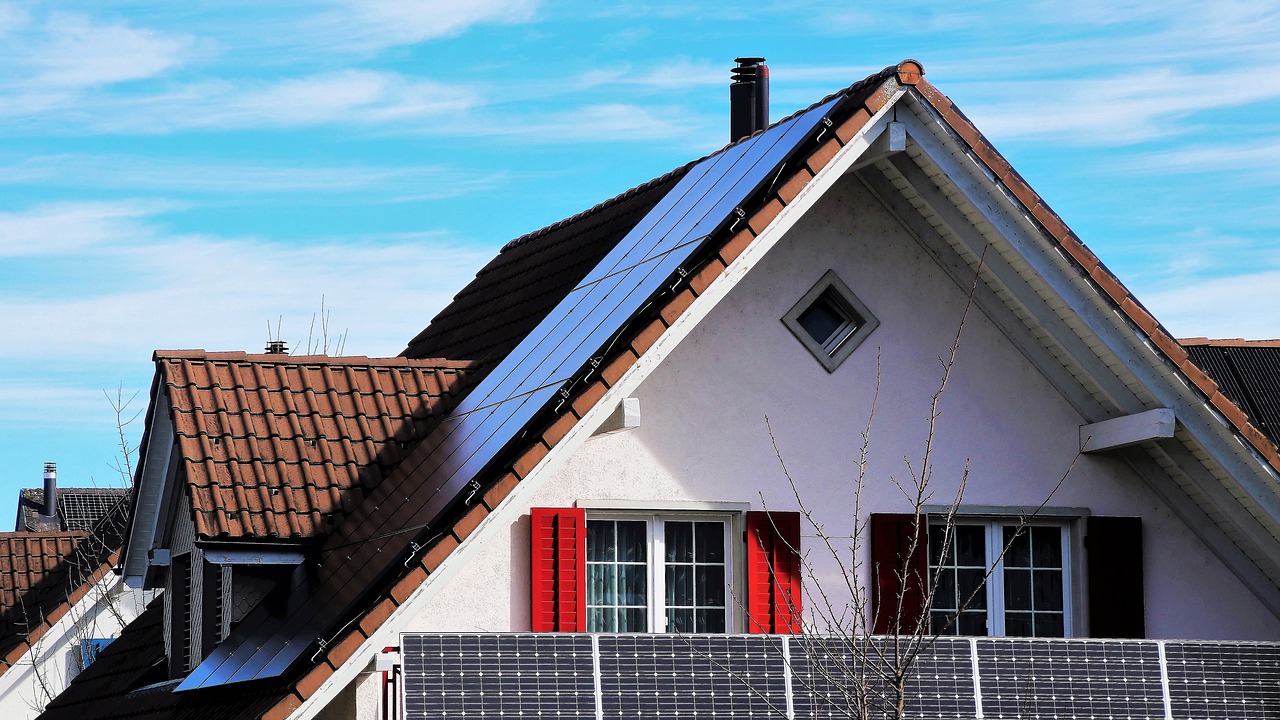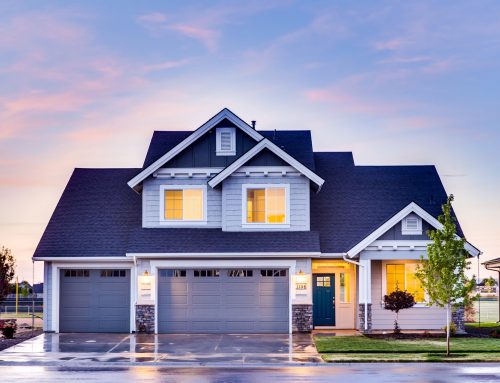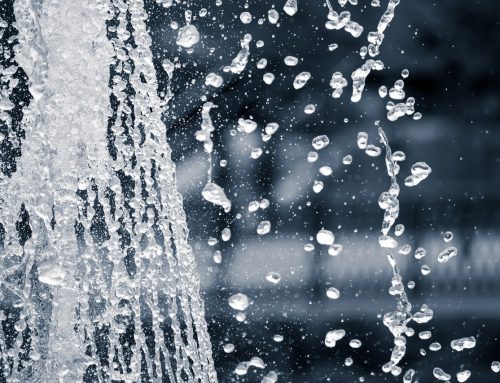What are Gutters and Downspouts?
One of the most overlooked systems on the exterior of a home is the rain carrier system consisting of gutters and downspouts. Gutters and downspouts are very important to every home because they are what catch the rain coming off the roof and direct all the water away from your house. If your house is not equipped with the proper rain carrier system, then water would be able to run freely down the side of your house, splash debris onto your siding, damage and crack your foundation, and erode your landscaping. Gutters hang on the edge of your roof where water would drain. They are slightly pitched to whichever side a downspout is to be installed. Proper pitching ensures maximum water flow during precipitation. There can be more than one downspout within a single gutter run. The downspout is typically installed at the end of the gutter for performance and aesthetics. Downspouts are then ran from the gutter all the way to the finished grade into either a drain tile or onto the landscaping. Drain tiles offer better performance because they direct the water farther away from the house without damming up and do not erode the landscaping. Downspout extensions can also be installed at the last elbow to help redirect water away from the house. It is very important to make sure both the gutters and downspouts are installed and working properly on your house, garage, or out building.
Types of Gutters and Downspouts.
There are several types of gutters and downspouts that can be installed on your home. Today, the most popular type of gutter is a seamless gutter. These start out as a large coil of aluminum that then get ran through a custom gutter machine. The installer first measures the length of the gutter run, then makes the one piece gutter with the machine to the exact length. If it is a really long run, it may take more than one person to put it up. Seamless gutters are ideal because there are no seams! This eliminates the chances of leaks or debris building up inside, and looks very clean. Gutters come in either 5″ or 6″ sizes. The bigger the gutter, the more water that can flow. There are also copper gutters, galvanized steel gutters, and vinyl gutters. Copper gutters are the most expensive, but add a nice custom touch to the home. Galvanized steel gutters can commonly be found on commercial applications. Vinyl gutters are nice because they are cheap, but do not come in seamless so they are prone to leaks.
Downspouts come in several different types also. Most commonly there are 2″x3″ and 3″x4″ aluminum downspouts. Again the larger the downspout, the more water that they can flow. Colors are plentiful to match or compliment your home.
Leaf Protection
Leaf protection is always forgotten about until it rains and you notice your gutters are overflowing with water and your downspouts are clogged! Going on your roof to clean your gutters in the middle of a storm is NOT the best idea. If you have any trees next to your house, or even nearby, then it is wise to have leaf protection on your rain carrier system. Everyone knows that leaves don’t fall directly down to the ground always. They have a tendency to blow around, especially in a storm, and find your gutters and downspouts quite conveniently. When sticks, needles, leaves, or other foreign objects find your rain carrier system, they seem to make that home for quite a while. Whenever a little blockage occurs in downspouts or gutters, it only gets worse over time. Having a leaf protection system will ensure you never have to worry about cleaning your gutters again. Contact your local gutter installer to see which leaf protection system would work best for your house. Most leaf protectors can be retro-fitted to your existing gutters. But if you have existing leaks or problems with your gutters and downspouts, it may be best to see if you need a whole new rain carrier system consisting of gutters, downspouts, and leaf protection.
Call Classic Gutter Co., Inc., at (708) 450-9666 for more information and installation regarding any of your rain carrier system needs.




